Implementing Rate Limiting in ExpressJS Applications
In the dynamic world of web applications, ensuring fair and secure usage of your services is paramount. Rate limiting is a powerful technique that allows you to control the number of requests made to your server within a specified time period. By implementing rate limiting in your ExpressJS applications, you can prevent abuse, protect your resources, and maintain optimal performance. In this blog, we'll explore the concept of rate limiting and delve into how you can effectively implement it in your ExpressJS applications. By mastering rate limiting, you can enhance the security, stability, and reliability of your applications. Additionally, we'll introduce you to our Hire ExpressJS Developer Services, which can help you seamlessly integrate rate limiting into your ExpressJS projects.
Understanding Rate Limiting: Rate limiting involves setting restrictions on the number of requests a client can make to your server over a certain time interval. This practice prevents excessive or malicious use of your resources, ensuring fair access for all users.
![[object Object]](https://clipl-web1.sgp1.cdn.digitaloceanspaces.com/images/clu85jyp0004z4irzhfpf56yv.png )
- Prevent Abuse: Rate limiting safeguards your server from abuse, malicious attacks, and unauthorized access attempts.
- Ensure Stability: By controlling the request rate, you can maintain consistent server performance and prevent overloading.
- Fair Resource Allocation: Rate limiting ensures that each user gets a fair share of resources, promoting equitable usage.
![[object Object]](https://clipl-web1.sgp1.cdn.digitaloceanspaces.com/images/clu85gvvd004t4irzgz1cbrbk.png )
- Choose a Rate Limiting Strategy: Decide on the rate limiting strategy that suits your application's needs—options include IP-based, user-based, or endpoint-based rate limiting.
- Select a Rate Limiting Library: Utilize rate limiting libraries like `express-rate-limit` or `rate-limiter-flexible` to easily integrate rate limiting into your ExpressJS application.
- Configure Rate Limits: Define rate limits based on the desired number of requests and the time interval (e.g., 100 requests per hour).
- Response Handling: Customize the response sent to clients when the rate limit is exceeded. You can return error messages, custom messages, or HTTP status codes.
- Logging and Monitoring: Implement logging and monitoring to track rate-limited requests and analyze usage patterns.
![[object Object]](https://clipl-web1.sgp1.cdn.digitaloceanspaces.com/images/clu85lq8600554irz9qc4b051.png )
While implementing rate limiting is crucial, doing so effectively often requires expertise. Our Hire ExpressJS Developer Services offer valuable support:
- Collaborate with skilled ExpressJS developers experienced in implementing rate limiting strategies.
- Expedite your project's development by leveraging our knowledge and best practices.
- Ensure seamless integration of rate limiting, enhancing the security and stability of your applications.
- Access ongoing support and maintenance to keep your rate limiting mechanisms up-to-date and efficient.
Conclusion:
Implementing rate limiting in your ExpressJS applications is a proactive step toward ensuring fair and secure resource allocation while maintaining optimal performance. By applying the concepts and techniques discussed in this blog, you can enhance the security, stability, and user experience of your applications. As you embark on the journey of rate limiting, consider CloudActive Labs as your partner. Our Hire ExpressJS Developer Services provide the expertise needed to seamlessly integrate rate limiting into your ExpressJS projects, ensuring your applications are built with precision, security, and optimal performance in mind. Reach out to CloudActive Labs today and unlock the full potential of rate limiting for your business.
























